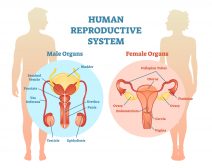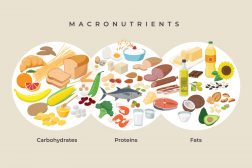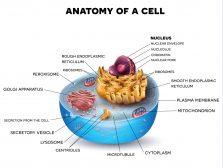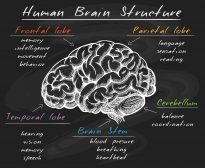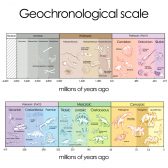Definition
noun, plural: amnions
The innermost membrane of the extraembryonic or the fetal membranes of amniotes surrounding the embryo or the fetus
Supplement
Amniotes are characterized by their amnion, which is part of membranes surrounding the developing embryo or fetus. They are exemplified by reptiles, birds, and mammals. Reptiles and birds lay eggs on land whereas mammals retain the fertilized egg within the uterus until such time the offspring is delivered at birth. This feature is in contrary to the anamniotes that lay eggs in water and lack the amnion. Other fetal membranes surrounding the embryo or the fetus are chorion, allantois, and yolk sac. These membranes provide nutrition, respiration, excretion, and protection to the developing offspring.
The amnion, in particular, is a thin and tough membrane. It is the innermost membrane that lines the amniotic cavity. Next to it is the chorion. The amnion is comprised of two cell layers: the epiblast-derived extraembryonic ectodermal layer and the thin non-vascular extraembryonic mesoderm.
At first, the amnion is in contact with the body of the embryo. In mammals, the amnion is derived from trophoblasts by folding or splitting. As the embryo develops, fluid starts to accumulate in it. The amnion then develops into a sac containing the amniotic fluid and the fetus. The amnion containing the amniotic fluid provides mechanical protection to the growing fetus. It serves as a shock absorber from a potential harmful external force. It also allows free movement of the fetus, thus, aiding in the neuromuscular development. At the time nearing birth though the amniotic fluid diminishes in quantity, and eventually trickles when the sac breaks at the onset or during labor.
Word origin: Latin amnion (“membrane surrounding a fetus”)
See also:
- chorion
- Appendages of the foetus
- Foetal membranes
- Caul
Related term(s):

